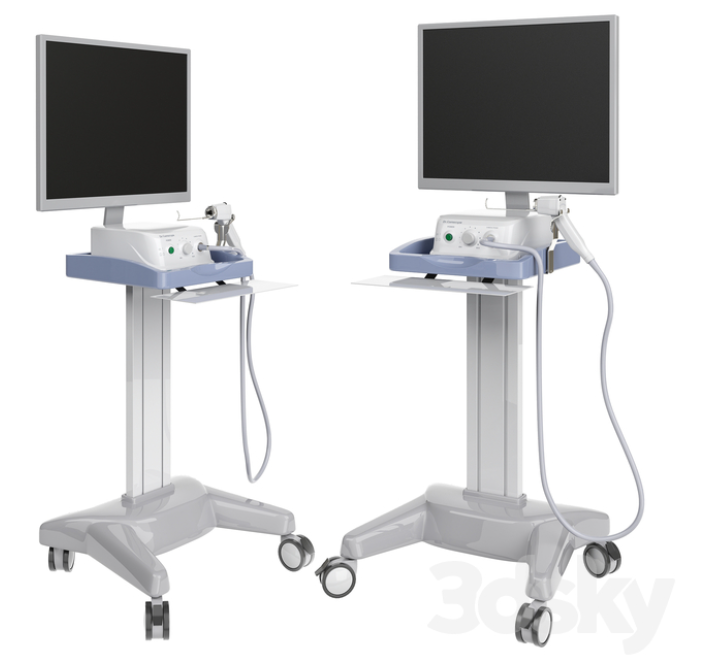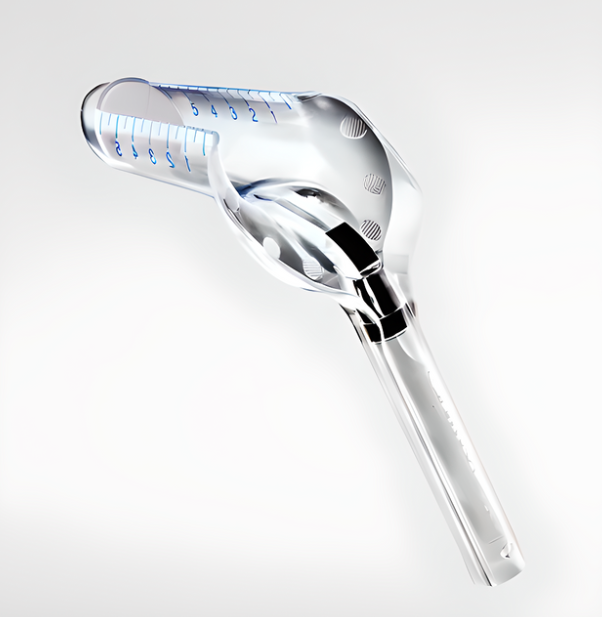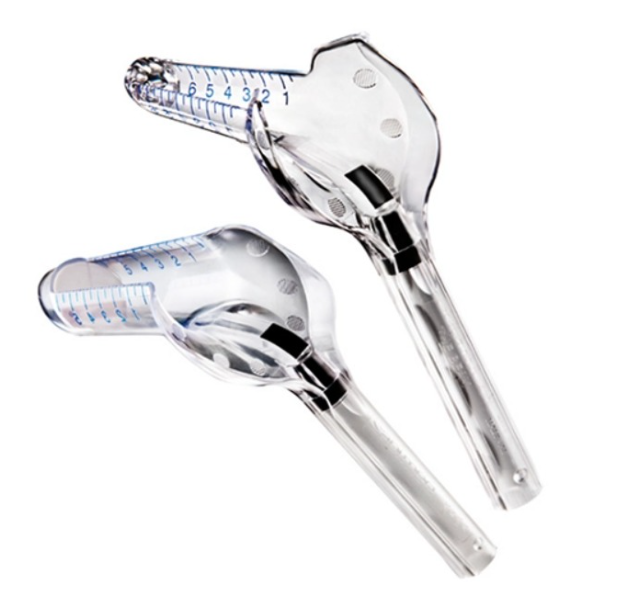Anorectal Products
Home > Products > Anorectal Products
Dr. Camscope By Sometech, Korea
Dr. Camscope Pro LED- is medical camera system specially designed to diagnose anorectal diseases and disorders. Convenient for proctologist and gynecologists. Dr. Camscope allows simultaneous view of multiple pictures without a need to worry about the loss of captured data.
Lasotronix Laser Machine comes in two 4 variants. 980nm, 1470nm, 1940nm & Dual Wavelength. Lasotronix is trusted by more than 3000 users in India. It is India’s No. 1 Laser machine in proctology and varicose vein. Its first choice of laser machine by surgeons in India.
A selection of captured images is avaliable for comparison, and a selected image can be enlarged from 1.0 times to 3.0 times with Zoom control.
Features:
- Full HD (1080i 60 Frames)
- Optimal for tele-medicine
- Various applications and user friendly functions
Characteristics:
- Image quality comparison
- VGA Image Vs HD Image Vs DCS Pro Image
- (640×480) (1280×720) (1920×1080) Full HD
- User can adjust the resolution depending on the monitor ratio and can see crystal clear images projected on the screen.
Optimal Solution For Telemedicine:
This is most suitable medical camera system for telemedicine that enables remote-imaging treatment and prescription through network provided by qualified medical professionals.

Beak Proctoscope By Sapimed, Italy
The Beak Surgical & The Beak Diagnostic are surgical proctoscopes with a uniquely innovative design feature. The closed, rounded tip allows for introduction of the scope directly into the anus, needing no separate introducer.
- Single-use & sterile
- Beak Surgical Ø32mm, window length 90mm
- Beak Diagnostic Ø22mm window length 75mm
- Transparent & atraumatic
- Latex free
These surgical proctoscopes offer the specialist the opportunity of clearly exposing a portion of the anal canal and rectal ampulla through which anorectal procedures may be performed.
The instrument should be well lubricated and introduced slowly into the anal canal, controlled by the graduation. Rotating the scope in situ may cause torsion of the anal canal mucosa, so it is recommended that to change orientation the instrument is extracted, rotated and then reinserted. The operative site can then be identified and the procedure performed.


